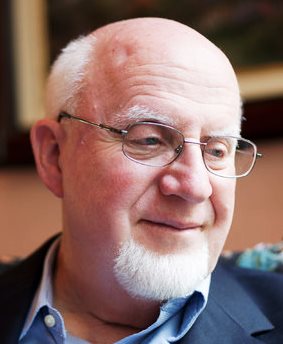
A gracEmail subscriber heard someone explain Jesus’ humanity as follows and requests my critique based on the Bible:
(1) To rescue us from sin and death, a Savior had to be both human and divine.
(2) Before he was born, Jesus was part of God in heaven.
(3) In becoming Jesus, God put on humanity as if he were putting on a coat, but he never took off his deity.
(4) Jesus lived, died, was raised from the dead, and ascended to heaven.
(5) When he did those things, Jesus took off his humanity and returned to being only the divine Son of God again forever.
* * *
This explanation is not found anywhere in scripture and it contradicts scripture teaching. According to scripture, the fullness of deity inhabited the human being we know as Jesus of Nazareth (Col. 1:19; 2:9). The Son of God became one of us, flesh and blood, fully human. To rescue us from sin, death and the devil, the Son of God became our human brother. In becoming man, the Son of God humbled himself (Phil. 2:5-11). Beginning with the Incarnation and continuing forever after, the Son of God was, is, and will be the man Christ Jesus (1 Tim. 2:5). The author of Hebrews emphasizes that in becoming a man, Jesus was made lower than the angels. The man Jesus of Nazareth was “crowned with glory and honor.” In him, our humanity was exalted to a position far higher than any angel has ever enjoyed (Heb. 1:2-4).
In the man Christ Jesus we also have a high priest who intercedes to God on our behalf. As a human like us, he undertands our weaknesses and temptations, and he is sympathetic to our plight (Heb. 4:14-16). Indeed, the dust of the earth is on the throne of the universe! It is a stirring thought, almost too wonderful to grasp or even to believe. But it is true nonetheless, and we can hold fast to it with unwavering confidence.
See: edwardfudge.com/hebrews and see: edwardfudge.com/epistle-to-the-hebrews